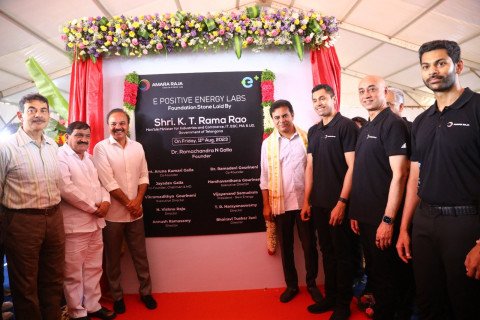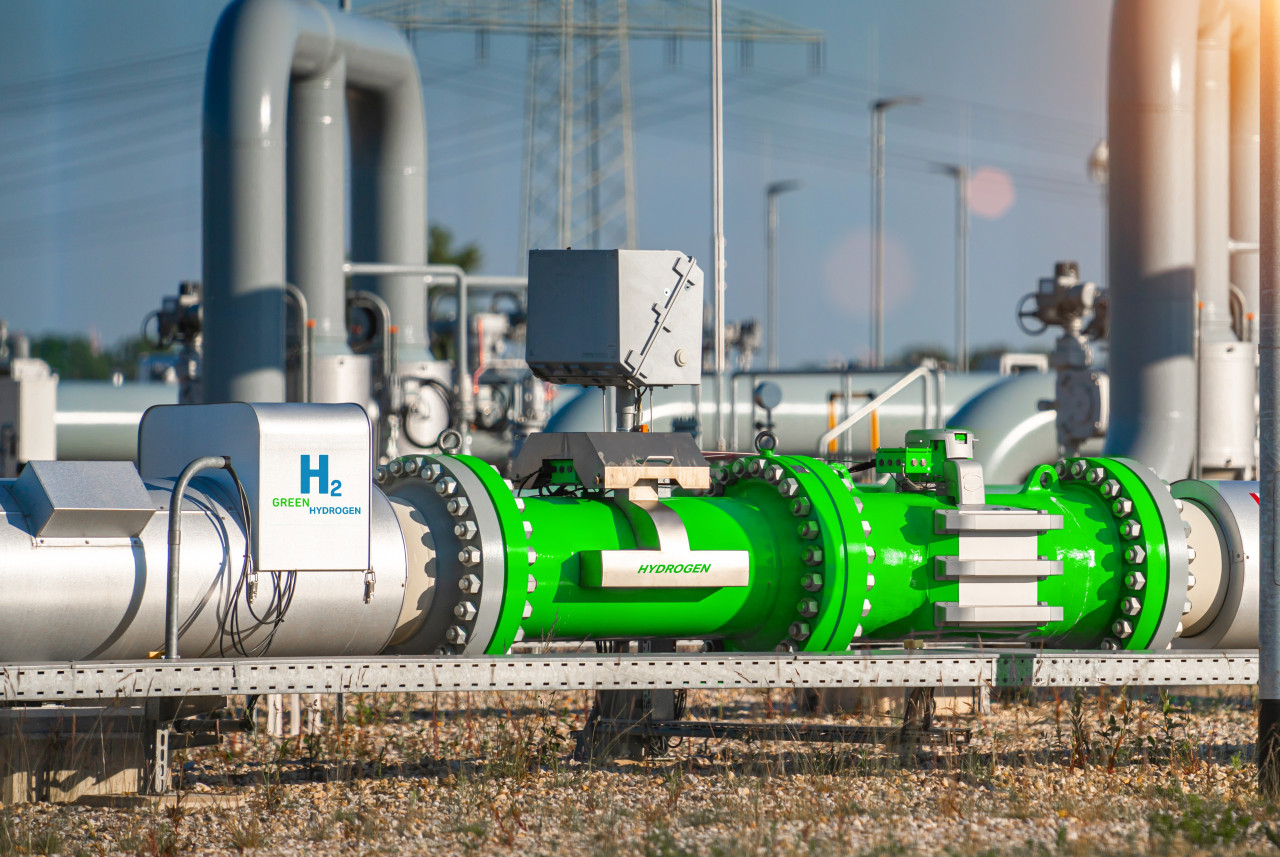India defines green hydrogen: less than 2kg emissions for 1kg H2
The Indian government notified the country's green hydrogen standard over the weekend, outlining emission norms that must be met for hydrogen to be classified as 'green', or coming from renewable sources.
The norms define green hydrogen as having a well-to-gate emission of less than two kg of CO2 equivalent gasses per kilogram of hydrogen produced. The 'well-to-gate' phase involves water treatment, electrolysis, gas purification, drying and compression of hydrogen. That means hydrogen producers will have to ensure that their CO2-equivalent emissions are less than 2 kg per 1kg of hydrogen produced.
The standards, issued by the Ministry of New and Renewable Energy (MNRE), encompass both electrolysis-based and biomass-based hydrogen production methods.
In a statement, the government said India had become one of the first few countries in the world to announce a definition for green hydrogen.
The government notification also said MNRE will specific a detailed methodology for measurement, reporting, monitoring, on-site verification, and certification of green hydrogen and its derivatives. The notification lists the Bureau of Energy Efficiency under the country's power minister as the nodal authority for accreditation of agencies for the monitoring, verification and certification for green hydrogen projects.
India has global aspirations over hydrogen, the country is aiming for annual production of five million metric tons by 2030, which would reduce emissions by about 50 million metric tons save the country more than $12 billion in oil imports.























